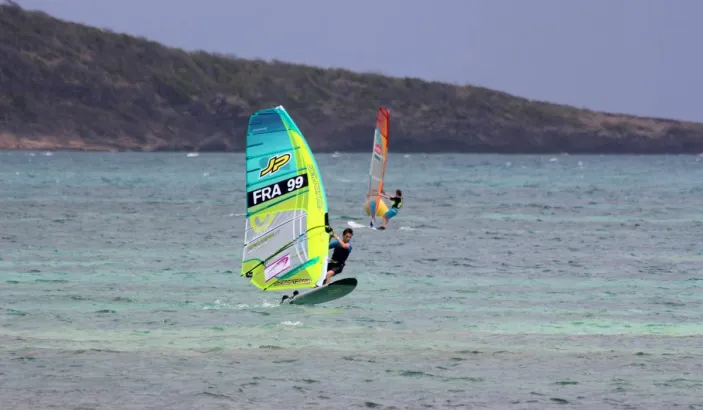History
Le Vauclin is a commune located on the southeastern Atlantic coast of Martinique. It lies south of Le François, west of Saint-Esprit and Rivière-Pilote, and north of Le Marin.
The origin of its name remains a mystery, but as early as 1696, maps of Martinique already referred to the area now known as the town center as “Vauclin.”
When French colonists arrived in Martinique, tensions ran high with the Indigenous Carib people who originally inhabited the island. After numerous battles, a territorial division was agreed upon: the colonists settled in the northern Caribbean region, while the Caribs remained in the south. One of the Carib chiefs who ruled the area now called Le Vauclin was named Macabou—a name still used for one of the commune’s districts today. For the Caribs, Le Vauclin was a central settlement. They cultivated fruits and vegetables in the highlands, built their homes below, and fished along the coast.
It was only after the Caribs were driven out or executed that the colonists began settling in this part of the island, making it one of the last regions to undergo French colonization.
Initially, Le Vauclin was administratively linked to Le François, forming a single parish. In 1712, French settlers from Macabou, Paquemar, Sans-Soucy, and Le Vauclin requested the creation of a cultural center, which was granted with the construction of a chapel in 1720 dedicated to Saint John the Baptist. For a territory to be considered colonized, it first needed a militia, followed by a parish. In Le Vauclin’s case, the parish came first, with the militia established six years after its request in 1720.
Export-oriented agriculture developed rapidly. Sugarcane was prioritized in the lowlands, while coffee plantations were established on the slopes of the nearby mountain. Fishing was practiced during the era of slavery, with its products serving as food for the enslaved population.
In 1833, Le Vauclin was officially recognized as a commune. A central sugar factory was built in 1880, supplied by surrounding sugarcane fields. It operated until 1961.
Economy
Mention Le Vauclin in Martinique, and most people will immediately think of its fishing port. Indeed, Le Vauclin is the island’s reference point for fishing—a vital economic driver to this day. Over a hundred residents identify as professional fishermen, and more than 100 fishing vessels operate across the commune, primarily from the port, which boasts modern infrastructure to support daily operations. Each year, over 200 tons of fish and shellfish are caught using various techniques such as net fishing, trap fishing, and deep-sea fishing.
Le Vauclin is also an agricultural commune, with vast fields dedicated to export crops like bananas and sugarcane. Livestock farming is present as well, notably at Massy-Massy, which specializes in breeding the Brahman purebred cattle—a resilient and well-adapted breed for the region.
Numerous events promoting local production are held throughout the year, including the Earth and Sea Products Fair, the Pig Festival, the Crab Fair, and mini-markets. These gatherings offer tourists and locals alike a chance to discover the commune’s rich terroir.
Le Vauclin is far from lacking in tourist appeal. With its unique and sometimes wild beaches, visitors can enjoy unforgettable experiences—like horseback riding along Grand Macabou beach, hiking through forests and arid zones, or walking dozens of meters into the shallow waters of Pointe Faula before the sea finally reaches waist height.
Many restaurants serve gourmet dishes crafted from local seafood and produce. For accommodations, options include the original Domaine des Bulles, which offers massages, spa treatments, a jacuzzi, and the chance to sleep in a transparent bubble surrounded by nature.
Neighborhoods
The main districts of the commune are Baie des Mulets, Beaujolais, Bel Air, Belle Étoile, Bellevue, Benguette, Boe, Cadette, Cambeilh, Carrière, Chamfleury, Château d’Eau, Coq, Coulée d’Or, Ducassous, Dunoyer, Ensfelder, Escarvaille, Fond Zamy, Fonds Gens Libres, Fonds Mulâtre, Goujon, Grand Boucan, Grande Case, Humbert, L’Union, La Broue, La Ferme, La Montagne, Macabou, Malveaux, Morne Carrière, Morne la Croix, Morne Raquette, Neveu, Paquemar, Petit Campêche, Petit Pérou, Petite Grenade, Petite Ravine, Placide, Plaisance, Pointe Athanase, Pointe Chaudière, Pointe Faula, Puyferrat, Sans Souci, and Sigy.






